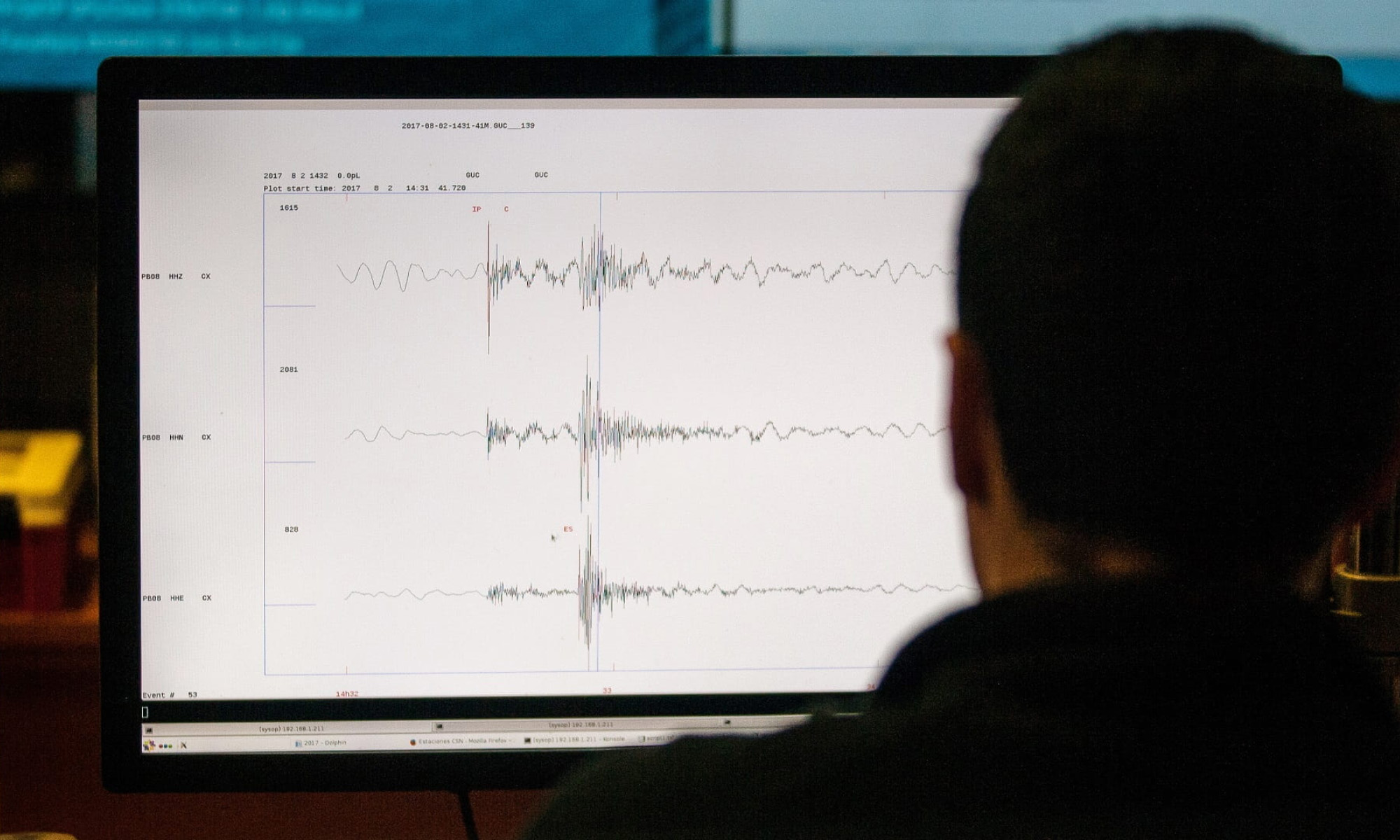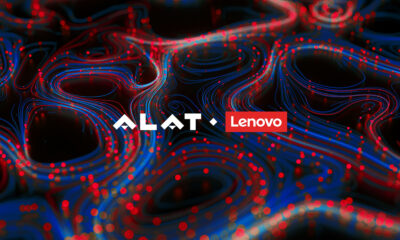News
Saudi Arabia Launches Digital Platform For Seismic Hazards
The new service could prevent potential future risks and will help to support research into improving local infrastructure.

Residents of Saudi Arabia will soon be able to keep a watchful eye on potential natural disasters. The Saudi Geological Survey (SGS) recently launched the first digital scientific platform in the kingdom, known as the Geological Risk Base Platform, aimed at informing and educating citizens on natural seismic hazards.
منصة قاعدة المخاطر الجيولوجية
تعد أول منصة علمية رقمية تثقيفية للمخاطر في المملكة، تتيح للمستخدم استعراض بيانات النشاط الزلزالي والاطلاع على البيانات والخرائط ذات العلاقة وتمكن الباحثين والمختصين من طلب تلك البيانات واستخدامها في الدراسات البحثية العلمية. pic.twitter.com/yZbywdHeH6— هيئة المساحة الجيولوجية السعودية (@SgsOrgSa) April 4, 2023
The new portal will offer data and seismic risk assessments across various locations in Saudi Arabia and will provide technical solutions aimed at potential future risk prevention, as well as acting as a repository for research on improving local infrastructure.
Also Read: Egypt Secures $345 Million For Electric Railway Project
The Geological Risk Base Platform was introduced by Bandar Alkhorayef, Minister of Industry and Mineral Resources and Chairman of the Board of Directors of SGS. Meanwhile, Tariq Aba Al Khail, SGS spokesman, explained that the new platform would act as a “digital electronic page that includes all the information related to seismic hazards, data, and maps in and around Saudi Arabia”.
News
Mamo Completes $3.4M Funding Round To Enhance Fintech Services
The startup will use the influx of cash to expand into Saudi Arabia and across the wider GCC while improving its product offering.

UAE-based fintech Mamo has announced the completion of a $3.4 million funding round that will help the startup extend its market presence and improve its product offering. Investors included 4DX Ventures, the Dubai Future District Fund and Cyfr Capital.
Mamo’s platform offers “payment collection, corporate cards and expense management” to help small and medium-sized businesses consolidate and streamline their operations. With the latest influx of capital, Mamo will further develop its comprehensive suite of services and begin testing its product lines in Saudi Arabia, further extending its footprint across the GCC.
Imad Gharazeddine, co-founder and CEO of Mamo, stated: “We’ve been in the market for a while now and are incredibly proud of what our team has achieved. The holistic and expansive nature of our product offering has helped us continue to grow sustainably. This additional funding will allow us to reach our medium-term goals even faster. The support from new and existing investors is a testament to our strong expertise and the ability to deliver on our customer promise”.
Daniel Marlo, General Partner of lead investor 4DX Ventures, added: “We have immense trust in Imad’s vision, leadership and Mamo’s innovative approach to provide a user-friendly and comprehensive financial solution for SMEs that makes financial management more accessible and efficient. We are proud to partner with them and support their mission”.
Also Read: A Guide To Digital Payment Methods In The Middle East
Amer Fatayer, Managing Director of Dubai Future District Fund’s investment team, also commented: “Mamo’s localized product lines serve as an infrastructure for SME payments and spend management in UAE, a segment that is underserved by the country’s current banking infrastructure. The team has taken a product-first approach to consolidating SMEs’ financial journeys and building a fintech solution deeply embedded in a business’s core operations”.
To date, Mamo has raised around $13 million in investment funding and now boasts a team of 30 people. The company’s intuitive financial services platform has allowed over 1,000 businesses to consolidate their financial operations and significantly reduce payment fees.
-

 News4 weeks ago
News4 weeks agoAmazon Prime Day 2024: Get Ready For 6 Days Of Amazing Deals
-

 News4 weeks ago
News4 weeks agoSamsung Unpacked 2024: What To Expect From The July 10 Event
-

 News4 weeks ago
News4 weeks agoCoursera Report Shows Surge In UAE Interest In AI Upskilling
-

 News4 weeks ago
News4 weeks agoMeet Dubai’s Groundbreaking Smart Robot Delivery Assistant
















